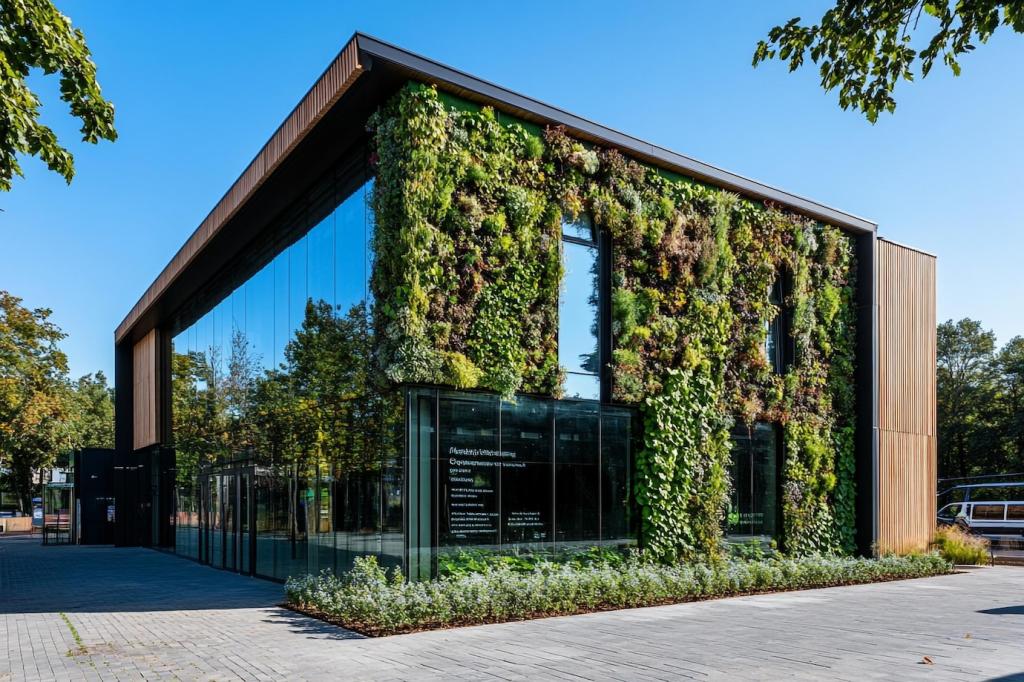Biodegradable Building Materials: Future of Construction
The construction industry stands on the brink of a major transformation as it seeks sustainable alternatives to traditional building materials. Biodegradable building materials offer promising solutions that address environmental concerns and set the stage for future innovation. These alternatives not only minimize landfill waste and pollution, but they also reduce the carbon footprint associated with construction processes. By integrating such materials, architects and builders can shape a greener future while promoting the health of both people and the planet. The adoption of biodegradable materials in construction represents a significant advance in the journey towards sustainable development and resource stewardship.
Environmental Imperatives Driving Change
Conventional building materials, such as steel, concrete, and synthetic polymers, have long supported the rapid development and urbanization of our world. However, they come with severe environmental costs, including what has become an alarming amount of landfill waste and the emission of greenhouse gases during production and demolition. Many of these materials are not only energy-intensive to produce, but they also remain in the environment for centuries without decomposing. Their presence contributes to soil and water pollution, making their continued use increasingly unsustainable in a world facing finite resources and ecological disruption. As a result, the construction industry must seek alternatives that pose less of an environmental burden.
Mycelium-Based Composites
Mycelium, the root structure of fungi, is an extraordinary biological material that has found its way into sustainable construction. When grown in controlled environments, mycelium can bind together organic waste like sawdust or agricultural byproducts, forming a lightweight yet sturdy composite. These composites can be shaped into bricks, insulation panels, or decorative elements. Once the material is no longer needed, it will biodegrade harmlessly in soil, leaving behind nutrients rather than toxins. Mycelium-based construction elements not only provide natural fire resistance and insulation but also require minimal energy to produce, marking a significant leap forward in green building technology.
Hempcrete and Plant-Based Alternatives
Hempcrete is a concrete-like material composed of hemp shiv, lime, and water, and it stands as one of the leading plant-based solutions in sustainable construction. It is lightweight, highly insulative, and, crucially, entirely biodegradable at the end of its use. Hempcrete absorbs carbon dioxide during its curing process, which helps offset the emissions generated during building operations. It is also less prone to cracking under stress, adding to its longevity and structural reliability. The application of hempcrete shows that renewable plant fibers can play a pivotal role in constructing energy-efficient walls, slabs, and panels while also contributing to a closed-loop lifecycle in building design.
Bio-Plastics and Starch-Based Products
Bio-plastics represent a growing sector of construction materials, often crafted from sources like cornstarch, sugarcane, or cellulose. Unlike conventional plastics, these alternatives can decompose naturally, reducing pressure on already overburdened landfills. Starch-based insulation foams, wall panels, and piping components made from these materials can deliver comparable strength and utility to traditional counterparts. Researchers continue to innovate with formulations that offer enhanced durability, UV resistance, and even antimicrobial properties. The push toward bio-plastics marks an important step in replacing the petroleum-based products that have dominated building for decades, showcasing the potential of plant-derived substances in reshaping the construction landscape.
Benefits of Biodegradable Building Materials

The most significant advantage of biodegradable materials is their ability to reduce environmental harm. When their lifecycle ends, these materials decompose naturally, returning to the earth without leaving toxic residues or persistent waste. This means that demolition debris does not contribute to growing landfills or harm ecosystems. Furthermore, many biodegradable materials can be composted or recycled into new building products, further minimizing their overall footprint. By integrating such materials, the construction industry contributes directly to the formation of a circular economy, where resources are continually reused, and pollution is drastically curtailed.
